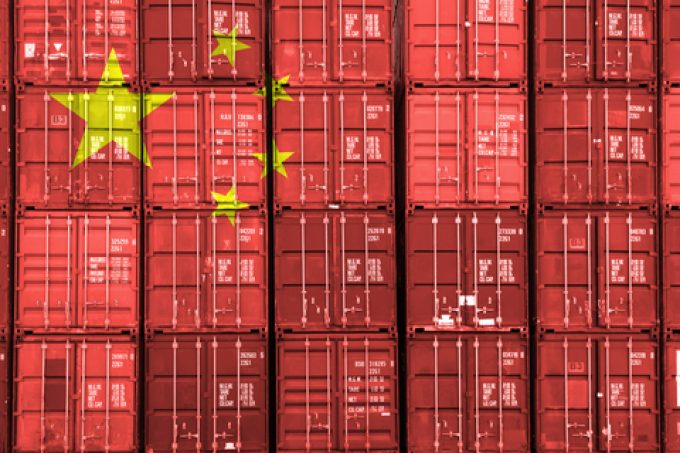ID 257969271 © Charnsitr | Dreamstime.com
China looks set to ramp up its investment in logistics infrastructure, following premier Li Qiang announcing what analysts called an “ambitious” economic growth target.
Among the investments announced this week were plans by Dalian to pump more than $33bn into its north-eastern transport network, including growing its port infrastructure and constructing a number of new rail bridges.
The ministry of transport noted that funds had been earmarked for a total of 187 projects, with Dalian “striving” for a 12% year-on-year increase in container volumes.
It added: “[Dalian] will actively open ocean routes in the Americas, Middle East, India and Pakistan, adding five new container routes through the year, and unblock large sea and land channels to create new China-Europe routes.
“[It will] realise a 3% increase in sea-rail intermodal transport volumes and improve the port collection and capacity of the North Grain South transportation channel.”
While the largest investment announced so far since the start of Chinese New Year, the news from Dalian reflects a wider push towards growing the country’s supply chain connectivity, with Shanghai’s regional government focused on increasing Yangtze River Delta flows.
This will include starting construction of a new container terminal, called Xiaoyangshan, at the city’s port, announced in 2022 at an expected cost of $7.3bn.
Furthermore, the ministry noted: “Shanghai will continue to promote the construction of the Shanghai section of the second phase of the Shanghai-China Railway and the Shanghai section of the Shanghai-Chongqing-Chengdu high-speed railway.”
Other regional rail projects include the construction of lines and launch of new services to provide better connectivity with Pudong International Airport.
In total, the country has set aside $173bn for transport projects over the coming 12 months, representing an increase of some $3.5bn on 2023’s budget, as China looks to rebound from a range of economic challenges, including deteriorating foreign direct investor confidence.
That – despite FDI accounting for 3% of total Chinese investment – seems to have been playing on the minds of the country’s leadership for months. At a Beijing supply chain conference in November, Mr Li urged the international community to rebuff what he described as a movement towards protectionism and uncontrolled globalisation – taken as a thinly veiled comment against the rise of India and Mexico.
Although forecasting 5% GDP for 2024 to some 3,000 delegates gathered in the Great of Hall of the People in Beijing, Mr Li nonetheless acknowledged it would not come easily.
He said: “The foundation for the continuous recovery and improvement of our country’s economy is still not solid, with insufficient demand, overcapacity in some industries, weak societal expectations and many lingering risks.”
And in direct response to investor concerns, the Chinese cabinet office said “all market access restrictions on foreign investment in manufacturing will be abolished”.
It added: “Market access restrictions in services sectors, such as telecoms and healthcare, will be reduced. Work will also be done to make China a favoured destination for FDI, and solid progress will be pursued in the high-quality Belt and Road cooperation.”

